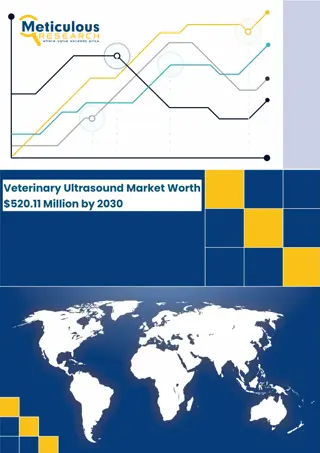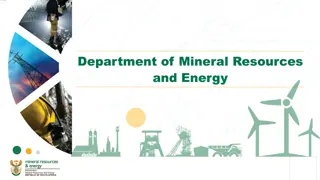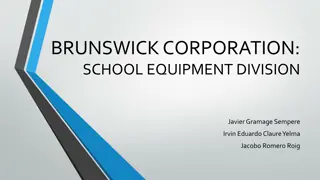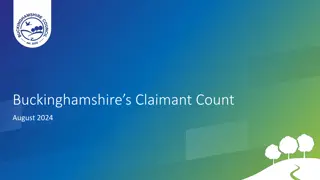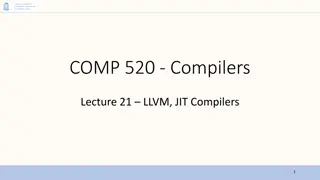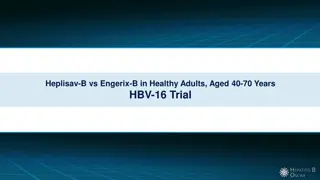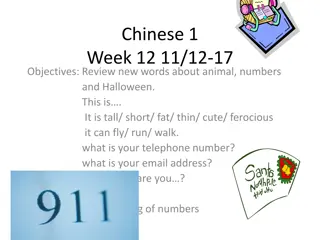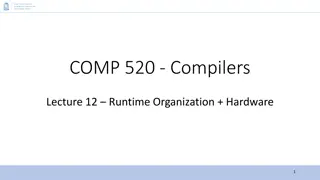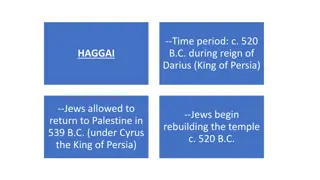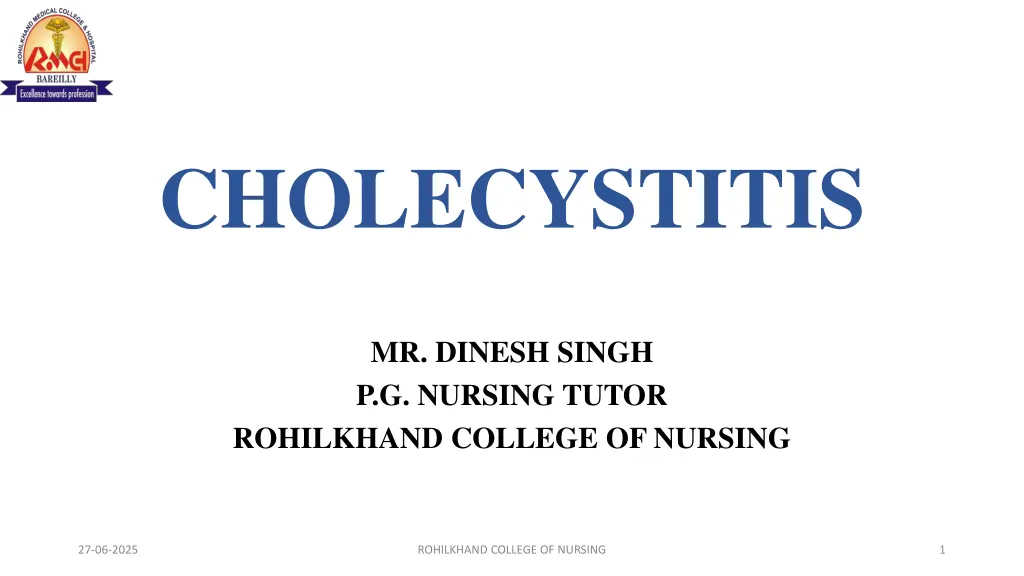
Understanding Cholecystitis: Causes, Symptoms, and Management
Cholecystitis is inflammation of the gallbladder caused by factors like gallstones, bile duct blockage, tumors, infections, or severe illness. Learn about its definition, etiology, pathophysiology, clinical manifestations, diagnostic evaluation, and nursing management for effective care.
Download Presentation

Please find below an Image/Link to download the presentation.
The content on the website is provided AS IS for your information and personal use only. It may not be sold, licensed, or shared on other websites without obtaining consent from the author. If you encounter any issues during the download, it is possible that the publisher has removed the file from their server.
You are allowed to download the files provided on this website for personal or commercial use, subject to the condition that they are used lawfully. All files are the property of their respective owners.
The content on the website is provided AS IS for your information and personal use only. It may not be sold, licensed, or shared on other websites without obtaining consent from the author.
E N D
Presentation Transcript
CHOLECYSTITIS MR. DINESH SINGH P.G. NURSING TUTOR ROHILKHAND COLLEGE OF NURSING 27-06-2025 ROHILKHAND COLLEGE OF NURSING 1
OBJECTIVES Introduction of the Cholecystitis. Define the Cholecystitis. Explain the causes of Cholecystitis. State the clinical manifestations of Cholecystitis. Elaborate the diagnostic evaluation of Cholecystitis. Discuss the management of Cholecystitis. Describe the nursing management of Cholecystitis. 27-06-2025 ROHILKHAND COLLEGE OF NURSING 2
INTRODUCTION Cholecystitis is inflammation of the gallbladder. The gallbladder is a small, pear-shaped organ on the right side of the abdomen, beneath the liver. The gallbladder holds a digestive fluid (bile) that's released into the small intestine. 27-06-2025 ROHILKHAND COLLEGE OF NURSING 3
DEFINITION Cholecystitis is an inflammation of gallbladder causing severe abdominal pain. Types: 1. Acute cholecystitis: It is mostly caused by gallstones. 2. Chronic cholecystitis: Repeated acute attack of acute cholecystitis will lead to chronic cholecystitis. 27-06-2025 ROHILKHAND COLLEGE OF NURSING 4
ETIOLOGY Gallstones: Cholecystitis is the result of hard particles that develop in gallbladder (gallstones). Gallstones can block the tube (cystic duct) through which bile flows when it leaves the gallbladder. Bile builds up in the gallbladder, causing inflammation. Bile duct blockage: Stones or thickened bile and tiny particles can block the bile duct and lead to cholecystitis. Scarring of the bile ducts can also cause blockage. 27-06-2025 ROHILKHAND COLLEGE OF NURSING 5
CONTI Tumor: A tumor may prevent bile from draining out of gallbladder properly. This causes bile buildup that can lead to cholecystitis. Infection: AIDS and certain viral infections can trigger gallbladder inflammation. Severe illness: Very severe illness can damage blood vessels and decrease blood flow to the gallbladder, leading to cholecystitis. 27-06-2025 ROHILKHAND COLLEGE OF NURSING 6
PATHOPHYSIOLOGY Due to etiological factors Venous and lymphatic drainage impaired Proliferation of bacteria takes place Cellular irritation and inflammation Acute cholecystitis 27-06-2025 ROHILKHAND COLLEGE OF NURSING 7
CLINICAL MANIFESTATION Fever Pain (right upper quadrant region) Nausea/vomiting, Indigestion Heart Burn Feeling of pressure in right upper quadrant region Murphy's sign- Patient is unable to take deep inspiration when hepatic region press by fingers Jaundice (if obstruction) 27-06-2025 ROHILKHAND COLLEGE OF NURSING 8
DIAGNOSTIC EVALUATION History Collection Physical examination Blood test- Increase WBC Ultrasound Conjugated bilirubin level Cholangiography: Cholangiography means looking at the structure of the bile ducts and gallbladder. It can help to find the size of a cancer and whether it has spread. 27-06-2025 ROHILKHAND COLLEGE OF NURSING 9
MANAGEMENT Analgesics (For reducing pain) Eg. Acetaminophen, Aspirin Antacids: (To reduce the amount of acid in stomach) Eg. Calcium carbonate, magnesium carbonate. Antiemetics: (to reduce the vomiting) Eg. Emset H2 blockers: Block H2 recepter (that leads to hypersecretion of acid gastric juice). Eg. Ranitidine 27-06-2025 ROHILKHAND COLLEGE OF NURSING 10
SURGICAL MANAGEMENT Cholecystectomy (surgical removal of gallbladder) Cholelithotomy (Removal of gall stones) 27-06-2025 ROHILKHAND COLLEGE OF NURSING 11
NURSING MANAGEMENT Provide complete bed rest to patient Administer prescribed analgesics to patient Provide comfortable position to patient Administer antiemetics as prescribed Provide psychological support to patient. 27-06-2025 ROHILKHAND COLLEGE OF NURSING 12
SUMMARY 27-06-2025 ROHILKHAND COLLEGE OF NURSING 13
REFERENCES Brunner and Suddarth s textbook of medical-surgical nursing 10th edition, published by Suzanne C. Smeltzer Brenda Bare . PR Ashalatha, G. Deepa textbook of Anatomy and physiology Fourth edition published by Jaypee Brothers . Linda S. Williams, Paula D. Hopper textbook of Medical Surgical Nursing Third edition Published by F.A. Davis 2007. Priscilla LeMone, Karen Burke, Gerene Bauldoff textbook of Medical Surgical Nursing Fifth edition published by Julie Levin Alexander . Lewis Dirksen Heitkemper Bucher, textbook of medical surgical nursing second south Asia edition, volume 1. 27-06-2025 ROHILKHAND COLLEGE OF NURSING 14
27-06-2025 ROHILKHAND COLLEGE OF NURSING 15

